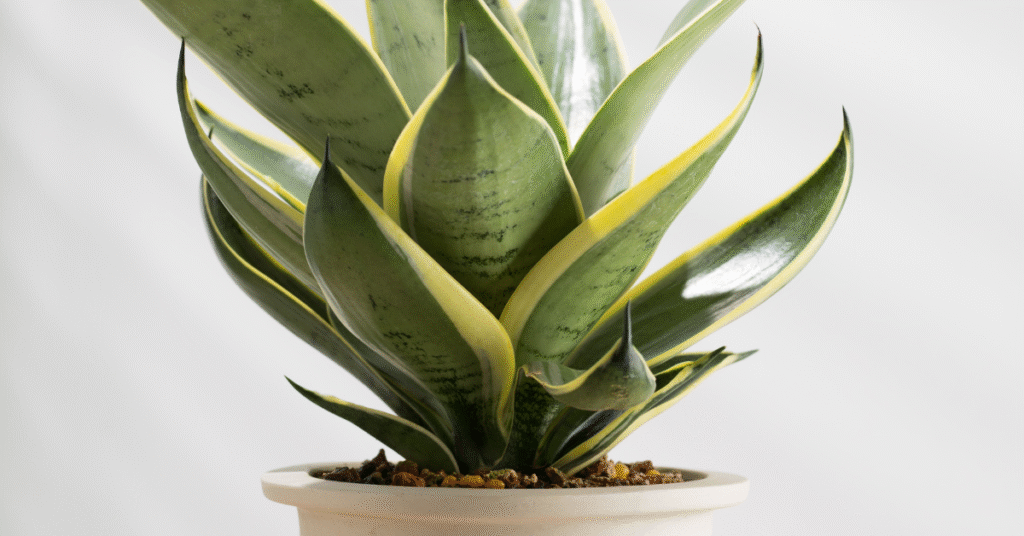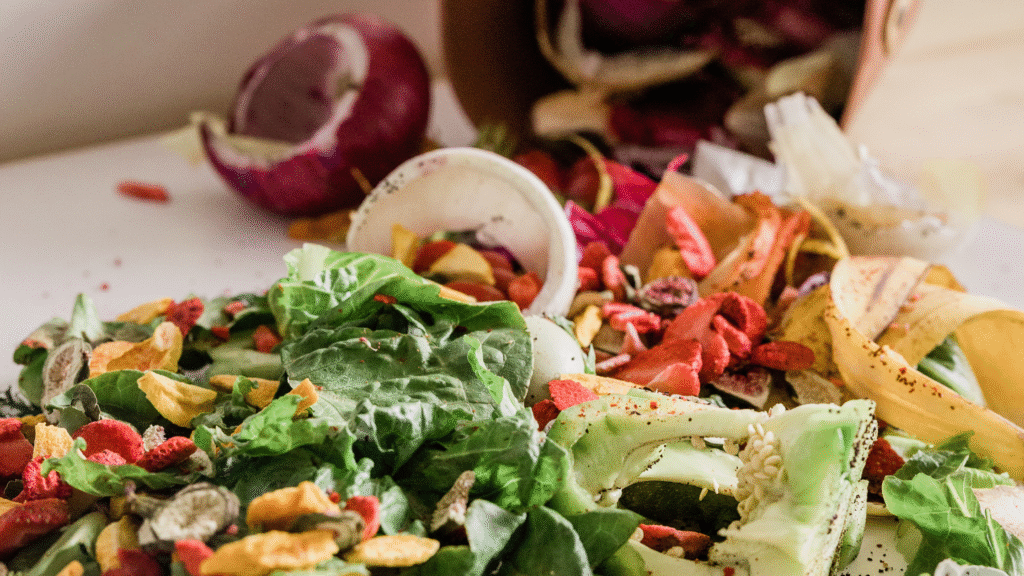How to Take Care of Snake Plant Indoors: The Ultimate Guide for Thriving Sansevieria
Often hailed as the “unkillable” houseplant, the snake plant (Sansevieria trifasciata, now botanically known as Dracaena trifasciata) has earned its reputation as one of the most resilient and popular indoor plants. With its striking, sword-like leaves and minimal care requirements, it’s an ideal choice for beginners, busy individuals, and anyone looking to add a touch of modern elegance to their home or office. Beyond its aesthetic appeal, the snake plant is also celebrated for its air-purifying qualities, making it a true powerhouse in the world of indoor gardening. This comprehensive guide will walk you through everything you need to know about how to take care of a snake plant indoors, ensuring your Sansevieria thrives for years to come.
Get a quick visual overview of essential snake plant care tips in this introductory video.
Why Choose a Snake Plant for Your Home?
The popularity of the snake plant isn’t just about its striking appearance; it offers a multitude of benefits that make it a top choice for houseplant enthusiasts.
- Exceptional Air Purification: Snake plants are renowned for their ability to filter indoor air. They efficiently remove toxins such as formaldehyde, benzene, trichloroethylene, and xylene from the air, even converting carbon dioxide into oxygen at night. This makes them excellent for bedrooms and living spaces, contributing to improved indoor air quality and human well-being. Research consistently highlights the significant role of houseplants like Sansevieria in improving indoor environments.
- Incredibly Low Maintenance: If you’re looking for a plant that thrives on neglect, the snake plant is your answer. It tolerates low light, infrequent watering, and a wide range of temperatures, making it one of the most forgiving and low-maintenance houseplants available.
- Aesthetic Appeal: Its upright, architectural leaves add a modern, minimalist touch to any decor. Available in various sizes and variegations, there’s a Sansevieria variety to suit every style.
- Drought Tolerant: As succulents, they store water in their leaves, allowing them to withstand long periods without watering. This makes them perfect for busy individuals or those who travel frequently.
- Resilience: Snake plants are incredibly hardy and resistant to most pests and diseases, further cementing their reputation as easy-care plants.
Further exploration into the extensive potential of this multifunctional indoor plant reveals its versatility beyond just aesthetics and air purification. Indeed, the snake plant is truly multifunctional.
Popular Snake Plant Varieties
While Sansevieria trifasciata is the most common, there are many beautiful cultivars:
- ‘Laurentii’: The classic variety with dark green leaves bordered by vibrant yellow edges.
- ‘Zeylanica’: Features dark green leaves with lighter green, wavy horizontal bands.
- ‘Moonshine’: Known for its striking silvery-green leaves.
- ‘Black Coral’: Has very dark green leaves with light gray-green horizontal bands.
- ‘Futura Superba’ & ‘Compacta’: Dwarf varieties that stay smaller, perfect for tabletops.
- ‘Cylindrica’: Features round, stiff, upright leaves that resemble spears.
Step-by-Step Guide: How to Care for Snake Plant Indoors
Step 1: Light Requirements (Flexible but Optimal)
One of the snake plant’s most appealing traits is its adaptability to various light conditions.
- Bright, Indirect Light (Optimal): This is where your Sansevieria will truly thrive. A spot near a window that receives bright, filtered light (e.g., a north-facing window, or a few feet away from a south/east/west-facing window) is ideal. This encourages faster growth and more vibrant leaf coloration.
- Low Light (Tolerated): Snake plants can survive in very low light conditions, making them perfect for dim corners or bathrooms. However, growth will be significantly slower, and variegation (patterns on the leaves) may become less pronounced.
- Direct Sun (Avoid Extreme): While they can tolerate some direct morning sun, prolonged exposure to intense, hot afternoon sun can scorch their leaves, leading to yellowing or browning tips.
- Signs of Light Issues:
- Leggy or Stretched Growth: Not enough light.
- Fading Variegation: Not enough light.
- Scorched/Brown Tips: Too much direct sun.
Step 2: Watering (The Most Crucial Aspect)
Overwatering is the number one killer of snake plants. As succulents, they are highly susceptible to root rot if their roots sit in soggy soil.
- Allow Soil to Dry Completely: The golden rule for snake plants is to let the soil dry out thoroughly between waterings. This means the top 2-3 inches (5-7 cm) of soil should be completely dry, and ideally, the entire pot should feel light when lifted.
- Frequency: This will vary greatly depending on light, temperature, and humidity. In bright light and warm temperatures, you might water every 2-4 weeks. In low light or during winter, it could be as infrequent as once a month or even every 6 weeks. Always check the soil, don’t stick to a strict schedule.
- Water Thoroughly: When you do water, water deeply until water drains from the bottom of the pot. Discard any excess water from the saucer immediately. Do not let the pot sit in standing water.
- Avoid Watering the Rosette: Try to water the soil directly, avoiding pouring water into the center “rosette” of the plant, as this can lead to rot in the crown.
- Signs of Overwatering: Soft, mushy, yellowing leaves, especially at the base. The plant may also lean or collapse.
- Signs of Underwatering: While less common, extreme underwatering can lead to crispy, shriveled leaves.
Step 3: Soil & Potting (Drainage is Key)
The right soil and pot are fundamental for preventing overwatering issues.
- Well-Draining Potting Mix: Use a potting mix specifically formulated for succulents and cacti, or create your own by mixing regular potting soil with perlite, coarse sand, or pumice (e.g., 2 parts potting soil to 1 part perlite/sand). This ensures excellent drainage and aeration.
- Pot Material: Terracotta pots are highly recommended as they are porous and allow excess moisture to evaporate from the sides, further preventing root rot. Any pot must have a drainage hole.
- Pot Size: Snake plants prefer to be slightly root-bound. Don’t repot into a pot that is too large, as this holds too much moisture and increases the risk of rot. Only go up one pot size (e.g., from a 6-inch to an 8-inch pot) when repotting.
Step 4: Temperature & Humidity (Tolerant but Prefer Warmth)
Snake plants are quite adaptable to typical indoor conditions.
- Temperature: They thrive in average room temperatures between 65-80°F (18-27°C). Avoid exposing them to temperatures below 50°F (10°C) for extended periods, as cold can damage the leaves. Keep them away from drafty windows or vents.
- Humidity: Snake plants are not fussy about humidity and do well in average household humidity levels. They do not require misting.
Step 5: Fertilizing (Less is More)
Snake plants are light feeders and rarely require much fertilizer.
- Frequency: Fertilize sparingly, if at all. Once or twice during the growing season (spring and summer) is usually sufficient. Avoid fertilizing in fall and winter when the plant’s growth naturally slows.
- Type: Use a balanced, all-purpose liquid houseplant fertilizer (e.g., 10-10-10) diluted to half or quarter strength.
- Organic Options: For a natural boost, consider using homemade fertilizers. Explore the benefits of fruit peels for fertilizer or even specifically how papaya peels can benefit plants.
Step 6: Pruning & Propagation (Easy to Multiply)
Snake plants generally don’t require extensive pruning, but you can remove damaged or yellowing leaves at the soil line. They are also incredibly easy to propagate!
- Pruning: Use clean, sharp scissors or pruning shears (ensure you have good gardening tools) to cut off any damaged, diseased, or yellowing leaves at the soil line. You can also prune to control size or shape.
- Propagation by Division: The easiest method. When repotting, you can gently pull apart the rhizomes (underground stems) that produce new shoots. Ensure each division has roots and at least one leaf.
- Propagation by Leaf Cuttings:
- Cut a healthy leaf into 2-4 inch (5-10 cm) sections. Make sure to note which end is “down” (closest to the original plant base).
- Allow the cuttings to callus (dry out) for a few days to a week. This prevents rot.
- Insert the “down” end of each cutting into well-draining potting mix or place it in water.
- Roots and new pups will eventually form, though this can take several weeks to months. Note that variegated varieties propagated by leaf cuttings may lose their variegation.
Watch this video to see practical demonstrations of snake plant propagation techniques.
Step 7: Pest & Disease Management (Rare but Possible)
Snake plants are remarkably pest and disease resistant, but no plant is entirely immune.
- Common Pests: Mealybugs and spider mites are the most likely culprits, often appearing if the plant is stressed or if new, infected plants are introduced.
- Treatment: For mealybugs, dab them with a cotton swab dipped in rubbing alcohol. For spider mites, rinse the plant thoroughly and apply insecticidal soap. Wearing gardening gloves can be helpful during inspection and treatment.
- Diseases: The primary disease concern is root rot, almost always caused by overwatering.
- Prevention: Strict adherence to proper watering practices is the best defense. Ensure excellent drainage and allow the soil to dry out completely between waterings.
Troubleshooting Common Snake Plant Problems
- Yellowing or Mushy Leaves: Almost always a sign of overwatering and root rot. Reduce watering frequency immediately. If severe, repot into fresh, dry soil after inspecting and trimming any rotten roots.
- Crispy Brown Tips: Can be caused by underwatering, low humidity (less common for snake plants), or excess fertilizer. Check your watering routine and consider flushing the soil if you suspect fertilizer buildup.
- Drooping or Floppy Leaves: Often a sign of severe overwatering or root rot. Leaves may also droop if they are too cold.
- Stunted Growth: Usually due to insufficient light or the plant being root-bound and needing a slightly larger pot.
- Fading Variegation: Indicates insufficient light. Move the plant to a brighter location.
Conclusion: Embrace the Ease and Beauty of Sansevieria
The snake plant truly lives up to its reputation as a resilient and rewarding indoor plant. By understanding its fundamental needs – primarily infrequent watering, well-draining soil, and adaptable light – you can ensure your Sansevieria not only survives but thrives. Its architectural form adds a sophisticated touch to any interior, while its air-purifying capabilities contribute to a healthier living environment.
Whether you’re a seasoned plant parent or just beginning your indoor gardening journey (perhaps after successfully caring for a basil plant indoors!), the snake plant is an excellent choice that offers beauty with minimal fuss. Embrace the elegance and ease of the snake plant, and enjoy the vibrant greenery it brings to your home all year long.


